The Five Finalists Projects

“BranchUP” – From Burn to Build
Maximilian Pramreiter
BOKU University, Vienna, Austria
BranchUP combines the knowledge of two multi-year research efforts (StrongHardwood and UniStrand) to create a high-value material concept for low-value branches and stem tops of potentially dominating wood species (e.g. Douglas Fir, Poplar, Beech or Oak) in the future. These by-products of logging operations, traditionally used as fuel wood, hold significant potential for advancing resource efficiency in forestry and wood industry and further promote a sustainability transformation to a circular bioeconomy.
BranchUP seeks to improve both their structural performance as well as their carbon storage potential by exploring their suitability for strand-based products like Laminated Strand Lumber or Oriented Strand Board. To achieve this, three main areas will be investigated: Strand Potential, Material Potential and Application Potential (also see Teaser). Based on established disintegration technologies, the influence of raw material characteristic on the resulting strand performance will be investigated. Furthermore, the species performance will be evaluated by assessing different processing conditions and their impact on final material properties. Lastly, the material performance for different structural applications will be achieved through an optimized orientation of strands and a suitable mixture of wood species. BranchUP aims to create new economically and technologically feasible pathways for these traditionally low-value assortments.
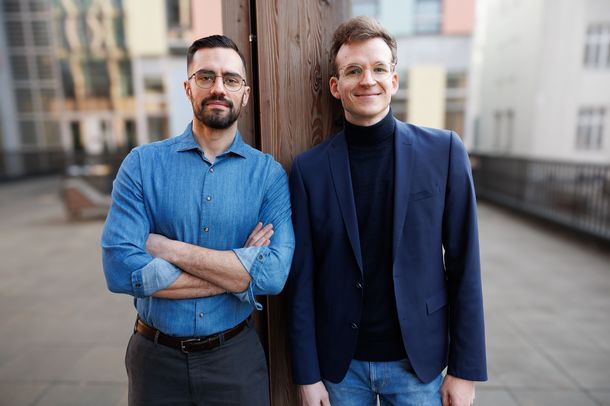
From Waste to Resource - Advancing Circular Bio-Based Materials for construction industry
Nazanin Saeidi
Karlsruhe Institute of Technology, Germany
The research at MycoLab at Karlsruhe Institute of Technology addresses critical environmental challenges, including deforestation, illegal timber trading, and increased demand for sustainable, circular materials. Globally, approximately 15 billion trees are lost annually, contributing to biodiversity loss, carbon emissions, and resource scarcity. we aim to close this gap by utilizing mycelium technology to upcycle wood waste, furniture waste, and agricultural residues into a novel material that is 100% biobased, fully circular, and entirely recyclable; achieved without reliance on freshly harvested timber.
The developed material exhibits a versatile density range, from low-density insulation panels to medium-density boards for furniture applications and high-density materials for construction, making it a direct replacement for conventional products such as MDF, particleboard, and synthetic insulation. The production process is energy-efficient, eliminates synthetic binders, and achieves CO2-negative properties by sequestering carbon from organic waste, thus contributing to climate change mitigation.
This innovation offers a practical pathway to reducing waste, preserving global forests, and promoting sustainable construction and manufacturing practices.
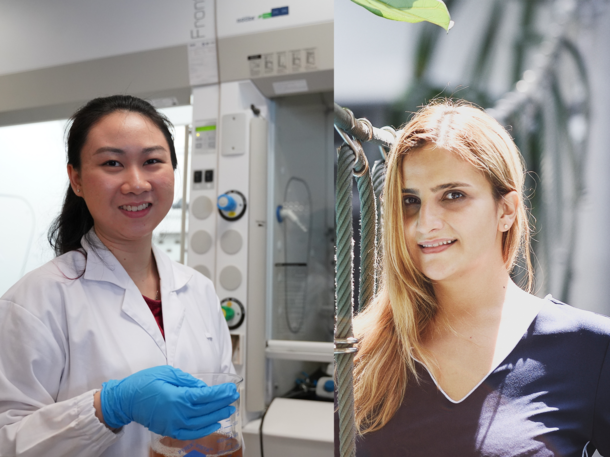
Hyperlignification – supercharging wood’s natural resilience by impregnation with lignin
Emil Engelund Thybring
University of Copenhagen, Denmark
This project is founded on the breakthrough discovery of how to solubilize lignin in unprecedented high yields (up to 100%) and high concentrations (up to 65 wt%) in simple, biobased solvent systems. We have exploited this discovery to hyperlignify wood by impregnating it with a high-concentration lignin solution, creating durable materials from local, non-durable wood species.
If awarded, the project will unlock the potential of this novel wood treatment by studying the fundamentals of how interactions in the wood-solvent-lignin system affect the fluid dynamics and transport mechanisms during impregnation.
Lignin consist of heterogeneous macromolecules with varying sizes and chemistries that depend on its natural origin and isolation process (e.g. Kraft pulping, organosolv, or soda pulping). To better understand the fundamentals of how lignin interacts with the solvent systems and is transported in wood, this project will use isolated lignin fractions of different sizes and chemistry obtained by solvent fractionation. These will be used for detailed studies of the penetration of lignin solutions into the wood anatomy and the penetration of lignin molecules into cell walls by a suite of advanced experimental techniques, such as synchrotron X-ray tomography, 2D correlation low-field NMR spectroscopy, and Confocal Laser Scanning Microscopy. To achieve the ambitious project aim, a dedicated PhD student and postdoc will be added to the current research team.
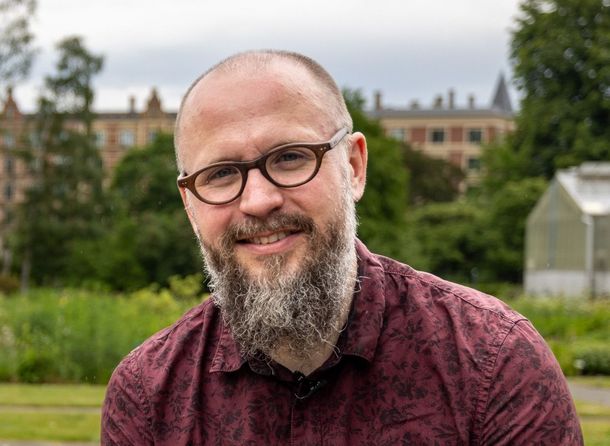
Transparent wood based luminescent solar concentrator towards zero-energy buildings
Yuanyuan Li
KTH Royal Institute of Technology, Stockholm, Sweden
Building sectors contribute to over 30% of the global energy consumption and overall greenhouse gas emissions. The European Committee has decreed that all new buildings be near-zero energy. The project aims to develop sustainable, energy-efficient buildings through the development of transparent wood (TW) composites that embody solar energy-harvesting capabilities by using luminescent solar concentrators (LSC) (Figure 1). An example of an application scenario is Windows. The principle is to concentrate the light incident to the transparent wood to the edges through waveguiding followed by solar energy conversion using attached photovoltaics on the edge. A clear transparent matrix and high quantum yield (QY) are two essentials of high power conversion efficiency (PCE). To achieve this, 1) highly transparent (>80%), low-haze (<20%) TW will be produced as a sustainable alternative to conventional glass; 2) high quantum yield (QY) luminescent material will be fused into TW for efficient solar energy conversion without compromising aesthetic appeal and structural integrity. In addition, TW shows priority over glass due to lower thermal conductivity and higher toughness. The effort will contribute to energy consumption reduction, clean energy conversion, and bio-economy.
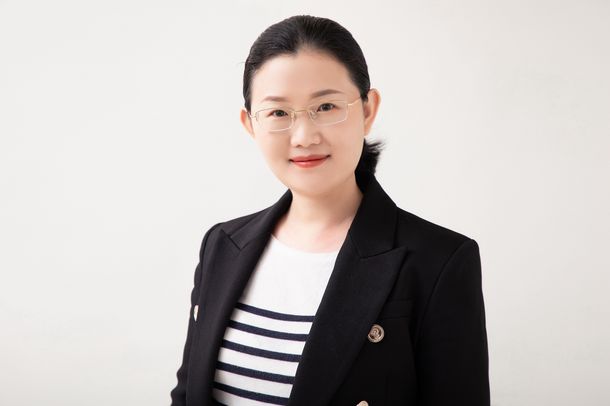
Salt-in-Wood Piezoelectric Power Generators with Circular Materials Design
Ingo Burgert
ETH Zurich, Switzerland
The conversion of low-grade mechanical energy to power employing piezoelectric materials is one of the most promising approaches to support the energy efficiency of buildings and the ever-increasing demand for portable devices. Unfortunately, this field is dominated by unsustainable, lead-based materials since biobased alternatives usually suffer from low power density. Both conventional and biobased devices lack sufficient recyclability potential, often due to the difficulty of separating valuable metal electrodes from the piezoactive components.
We have achieved a fully biobased/sustainable, high-performing piezoelectric device by incorporating a green piezoelectric material in a wood scaffold. The sophisticated combination of the two materials provides the required mechanical stability as well as the distribution of the stress necessary to activate the crystals’ piezoactivity. Furthermore, using our laser-induced graphitization (IC-LIG) technique, we can avoid the use of metal electrodes, resulting in fully renewable and recyclable devices with performance that can compete with commercial piezoelectric devices. We have produced the first demonstrators of an energy harvesting floor through this technique, which we intend to upscale and prototype within the project.
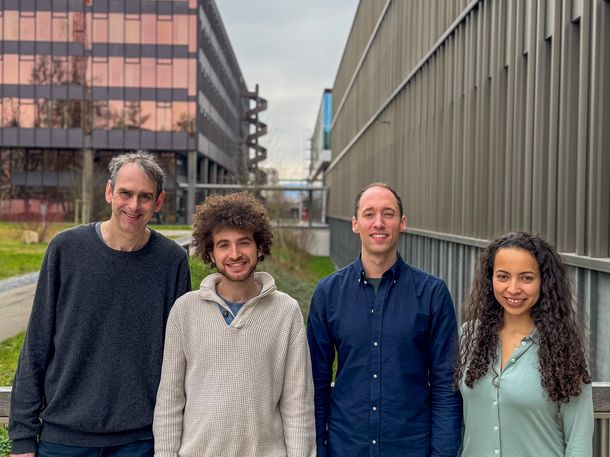
All Submitted Research Projects
| Country | Project | Research Institute | Principal Investigator |
|---|---|---|---|
| IT | Wood-derived self-healing and sustainable coatings for automotive and wood cultural heritage: WISHES | University of Bologna | Anna Liguori |
| AT | MycoSoft | Wood K plus - Competence Center for Wood Composites and Wood Chemistry | Cornelia Rieder-Gradinger |
| AT | BiLiF- Biomodified Lignosulfonates for Film Applications | Boku University | Georg Gübitz |
| AT | Atmospheric Plasma Coatings of pyrolyzed Wood-Dust for biobased Printed Electronics on Wood & Paper | Joanneum Research | Jürgen M. Lackner |
| AT | 3DP Biowalls – Additive manufacturing of fully-recyclable wall systems made of renewable materials | Boku University | Benjamin Kromoser |
| NO | Bioblocks | Norwegian institute of bioeconomy research | Erik Larnøy |
| SE | Upscaling exterior fire-retardant, biologically durable wood with resin- and biocide-free treatment | Luleå University of Technology | Chia-feng Lin |
| CH | DeepQSort – Deep Convolutional Neural Networks for Quality and Species Sorting of Roundwood | Empa - Swiss Federal Laboratories for Materials Science and Technology | Mark Schubert |
| DE | New finger joint profile for highly loaded building products and wood products in exterior use | Georg-August-University | Holger Militz |
| AT | Bark based Biopolymers and Resins: Tannin Research | Salzburg University of Applied Sciences | Thomas Sepperer |
| AT | CARpenTiER | W.E.I.Z. Forschungs & Entwicklungs gGmbH | Thomas Krenke |
| AT | Process Combination Peeling & Sawing of Large-Diameter Softwood (rethink_LTprocessing) | Graz University of Technology, Institute of Timber Engineering & Wood Technology | Reinhard Brandner |
| AT | 100% renewable adhesives for wood composite materials | Kompetenzzentrum Holz GmbH | Hendrikus W. G. van Herwijnen |
| ES | FutureCork | IAAC Institute for Advanced Architecture of Catalonia | Areti Markopoulou |
| ES | 3D PRINTING CELLULOSE BASED COMPOSITES | IAAC Institute for Advanced Architecture of Catalonia | Areti Markopoulou |
| ES | TimberTwin | IAAC Institute for Advanced Architecture of Catalonia | Areti Markopoulou |
| FI | Multiscale interface engnieering enables strong and water-resistant wood bonding by cellulose | Aalto University | Lauri Rautkari |
| BE | NEXT-STEP: Hydrogenation of biobased aMVL to new platform chemicals | Ghent University, Laboratory for Chemical Technology (LCT) | Joris Thybaut |
| CH | From Forest to Future: Fungal-Driven Synthesis of Advanced Biomaterials | École Polytechnique Fédérale de Lausanne, EPFL | Tiffany Abitbol |
| DE | Programmed Wood: Harnessing Hygroscopic Behavior for Lightweight High-Curvature Building Components | Universität Stuttgart | Prof. Achim Menges |
| ES | 3D PRINTING CORK-BASED BIOCOMPOSITES | IAAC Institute for Advanced Architecture of Catalonia | Ricardo Mayor Luque |
| ES | Robotic wood upcycling | IAAC Institute for Advanced Architecture of Catalonia | Alexandre Dubor |
| DE | TreeMimetic | Albert Ludwig University of Freiburg | Marie-Pierre Laborie |
| DE | Utilization of tree bark as a substrate for mycelium-based biomaterials | Technical University Munich | Prof. Dr. Johan Philipp Benz |
| DE | Production of wood foams | Fraunhofer Institute for Wood Research | Nina Ritter |
| NO | CIRCLEWOOD: Circular Timber Connections Designed for Reuse | Norwegian University of Life Sciences (NMBU) | Roberto Tomasi |
| CH | Janus wood membrane enabled autonomous water harvesting as a survival kit for juvenile trees | ETH Zurich | Ingo Burgert |
| CH | Wood Battery: Integration of sustainable energy storage into building materials | ETH Zurich | Ingo Burgert |
| AT | WoodEnergy+: sustainable heating and cooling for buildings using phase change materials and wood | Salzburg University of Applied Sciences | Thomas Schnabel |
| DE | LaNaSys - Laubholz Nadelholz System | TU Munich | Nils Schumacher |
| DE | Revaluing Bark | TU Munich | Michaela Eder |
| DE | Robotically-Fabricated Circular Carpentry Joints | University of Stuttgart | Philippe Grönquist |